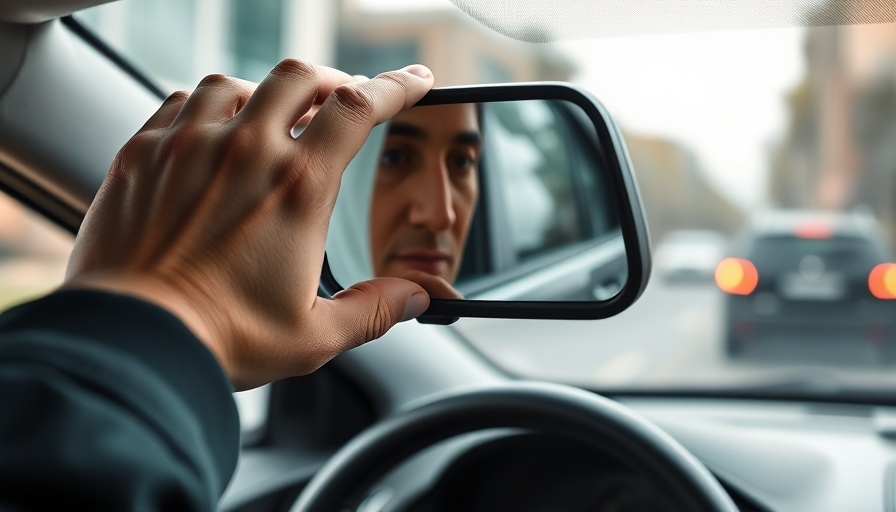
Understanding Blind Spots: The Hidden Threat on the Road
When we think of driving safety, we often focus on fasten seatbelts and obeying speed limits, but one of the most significant risks lurks in our blind spots. These are areas outside your vehicle that traditional mirrors fail to capture, making it easy for potential obstacles, including other cars, to go unnoticed during lane changes and turns. According to Lucas Waldenbäck, co-founder of Zutobi Drivers Ed, blind spots account for a large number of collisions. This article dives into the nuances of car mirrors adjustment to reduce these blind spots.
The Essential Blind Spots Every Driver Should Know
Most drivers are only aware of a couple of blind spots—most commonly, behind the vehicle and directly over their shoulders. However, there are actually eight critical areas where visibility is compromised:
- Right in front of the hood
- Behind the left and right A-pillars
- Over both shoulders
- Along the rear-left and rear-right pillars
- Just behind the vehicle, particularly for low-profile objects
Understanding these spots is critical because they can conceal pedestrians or other vehicles, especially in tight driving situations.
Two Proven Techniques for Adjusting Side Mirrors
Adjusting your side mirrors correctly is essential in mitigating blind spots. There are two predominant methods:
Setting A: Traditional Adjustment
This technique, commonly taught in driving schools, involves adjusting your mirrors so the tip of your door handle is visible in the lower inner corner of your side mirror. It’s a familiar reference point for most drivers.
Setting B: SAE Standard Adjustment
Recommended by SAE International standards, this technique pushes your mirrors outwards until they barely overlap with the rearview mirror’s field of vision. While it may feel disorienting at first, it significantly lessens blind spots and the extent to which you need to turn your head.
How to Optimize Your Rearview Mirror for Better Visibility
For the rearview mirror, the objective is simple: maximize your field of view of the rear window. Tilt it until you can see as much of the rear without changing your seating position. This setup should complement your side mirrors to create a fulfilling surrounding field of vision for safer driving.
Are Your Mirrors Adjusted Right? Testing for Proper Alignment
Once you've adjusted your mirrors, it's crucial to test their positioning on a multilane road. As another car passes you, it should transition smoothly from your rearview to the side mirror and finally to your peripheral vision. If not, you may need to reevaluate your adjustments. This simple exercise ensures that you are prepared to see what you may have missed.
Enhancing Safety through Awareness and Adjustment
With proper mirror adjustment and awareness of blind spots, you can significantly enhance your driving safety. This knowledge encourages proactive driving, helping protect not just yourself but also your passengers and fellow road users.
As we become more educated about the dangers of blind spots, the importance of adjusting car mirrors effectively becomes clear. With a little effort and intention, drivers can create a safer environment on the road.
 Add Row
Add Row  Add Element
Add Element 


 Add Row
Add Row  Add
Add 

Write A Comment